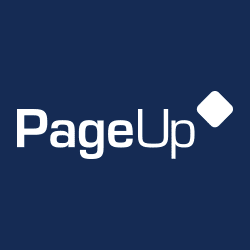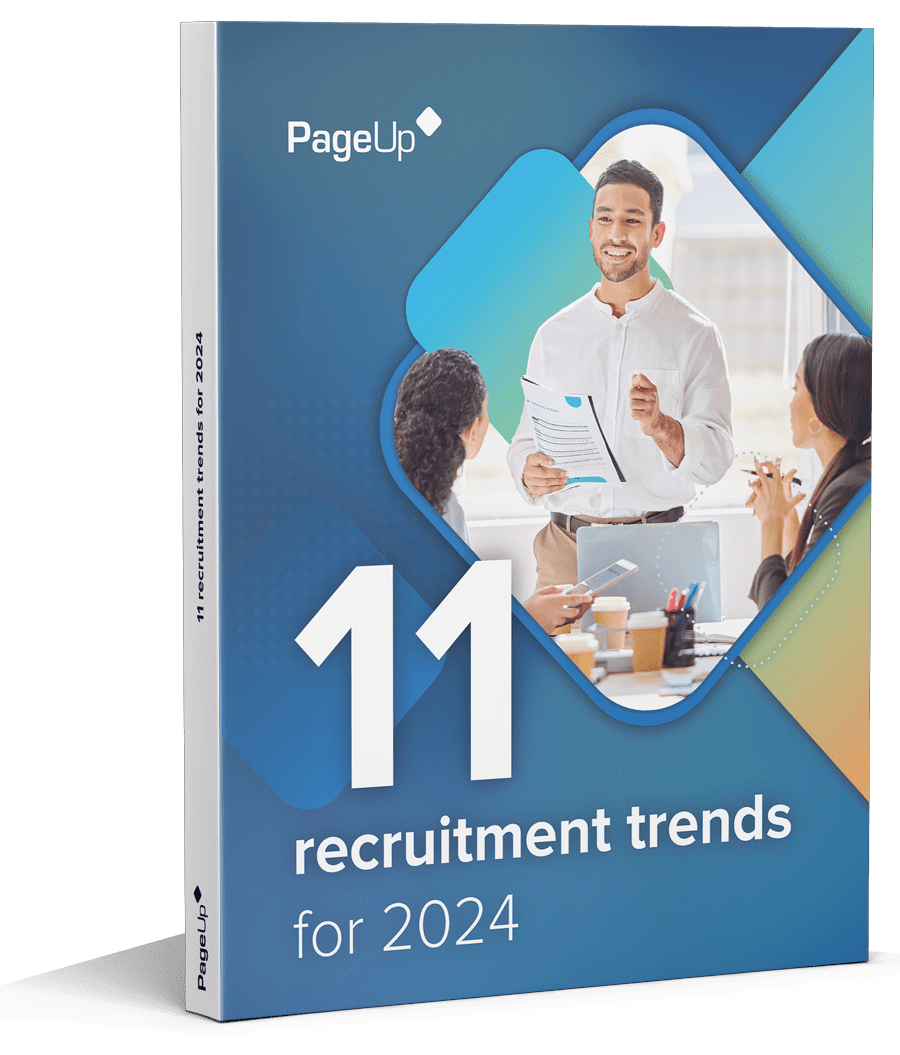As a recruiter, what is your biggest challenge?
I’m guessing you answered “Sourcing quality talent in a timely manner.”
The skill shortage has been identified as a major challenge by 73% of CEOs,1 and 58% of companies say a lack of quality candidates for key roles is the biggest challenge they currently face.2 The savvy recruiter’s toolkit has expanded beyond the traditional recruitment management system (RMS) or applicant tracking system, to Candidate Relationship Management (CRM). CRM encompasses recruitment marketing, proactive sourcing, social media campaigns, internal and external talent pools and pipelines, supported by data and analytics. The emphasis has shifted to finding suitable talent before it is required, and then nurturing it. The goal is to increase pipelines of qualified candidates and work them through the funnel so that time to hire is instant (or as close to instant as humanly possible!).
But what does it look like? Find, Engage, Acquire.
Step 1. Find the talent – recruitment marketing, employer brand, and proactive sourcing

The talent is out there – the question is how do you find it? Recent research has found 90% of professionals globally are interested in hearing about new job opportunities and 64% of today’s candidates are passive.3
Modern talent acquisition professionals are borrowing a leaf from the Marketing handbook. Recruitment marketing leverages and integrates engaging, consistent messaging across the employer brand, company career site, job-boards, social media campaigns, employee referrals and email marketing campaigns.
Having a strong employer brand attracts talent to the company and taps into passive and active job seekers. The pervasiveness of social media means any disconnect between what an employer is trying to ‘sell’, and the reality of working in that particular organisationorganization, is quickly uncovered. That’s why over 60% of organisationsorganizations say strengthening their employer brand is a top priority.4
Your career site is very important – it’s where 59% of job seekers go to find out more about your company before they apply.3 Provide the ability to opt-in through signing up for job alerts, posting open positions to social media and referring a friend. Employee referrals are also an incredibly powerful way to reach potential talent. In fact, it’s the number one cited source, with 51% of companies saying their highest quality hires come via employee referrals.5
Don’t neglect social media – it provides access to millions of high quality candidates for free. The latest CRM tools will parse profiles from social media sites straight into the candidate database. They should also connect seamlessly with your Recruitment Management Solution and job boards.
Step 2. Engage the talent – build robust talent pipelines

Now that you’ve found the talent the next step is to build your talent pool, create different talent pipelines, and start moving potential candidates down the funnel. But how?
You need to manage your entire talent database by creating pipelines that target your critical talent needs or areas of skill shortages. This is an area many organisationsorganizations do poorly – only 43% of companies have established talent pools to meet the future needs of the company.6 Your pipelines and talent pools should have both internal and external candidates. Remember that statistic – 90% of professionals are interested in hearing about job opportunities and that 64% of candidates are passive? That means you are currently sitting on a potential goldmine of talent in your own organisationorganization. In fact, 40% of companies say their highest quality hires are internal candidates.5
Engage your talent networks through email marketing, invitations to apply for jobs, ‘keep-warm’ calls and message cycles. This should be viewed as an opportunity to test potential candidates’ interest and weed out those that aren’t a fit for your organisationorganization – from both a skill and cultural fit perspective. The key here is ‘targeted’ communication based on candidates’ preferences and the pools they’ve been assigned to. It ensures candidates receive information that is relevant – nobody wants to be spammed. It also means qualified candidates don’t miss a job opportunity – and more importantly – your company doesn’t miss an opportunity to acquire the desired talent.
Step 3. Acquire the talent – how analytics can help

There is an ongoing competition for talent, and the skills shortage is not forecasted to abate anytime soon. Having a database full of skilled, culturally aligned and engaged candidates at your fingertips is an extremely powerful competitive advantage. CRM creates the ability to search for and quickly assign potential candidates against open positions; it means dealing with fewer applicants to get to the quality candidates; it accelerates succession to interview and ultimately leads to higher acceptance rates. The outcome: a talent acquisition cycle which is streamlined and condensed. Don’t forget the analytics! Track the effectiveness of talent pipelines, sourcing strategies, and email campaigns at each point in the funnel.
Finally – does it make a difference?
Let’s go back to the initial challenge – sourcing quality talent in a timely manner. In theory, identifying, engaging and nurturing candidates should lead to faster placement of talent. But does it? Our research found that recruiters who use proactive sourcing and CRM tools made over three-times as many offers and the offer acceptance rate was 93%,7 compared to the market average of 89%.8 It also cuts down the number of applications a recruiter needs to review because genuine, skilled candidates, who are culturally aligned, have already been identified. The flip side is a reduction in the volume of applicants that are unsuccessful. This is a win-win for both candidates and companies – no one likes hearing ‘no’ and companies don’t like saying it. This is especially important in an environment where every interaction with applicants can impact your Employer Brand.
So next time you receive an open requisition which needs to be filled immediately, is your strategy:
a. to try to pull a rabbit out of your hat (as you quickly scramble to find suitable candidates)? or
b. to access your pipeline of quality candidates – via your CRM tool – that are engaged and ready to go?
The speed of option (b) will look like magic!
References:
- PwC. 18th Annual Global CEO Survey. PwC, 2015.
- Lahey, Zack. Talent Acquisition Trends 2016: Candidates Take Command. Aberdeen Group, June 2016.
- LinkedIn. 2016 Global Talent Trends. LinkedIn, 2016.
- Hall, Brandon. http://www.brandonhall.com/practice_area_ta.php. 2017.
- Erickson, Robin. Strategic Talent Sourcing: Improve Blend of High-Quality Channels. Bersin by Deloitte, 2017.
- Skilbeck, Rebecca. Global HR Innovation Study 2016: Driving a Culture of Innovation. PageUp.
- PageUp. System Data. Accessed February, 2017.
- http://theundercoverrecruiter.com/how-efficient-recruitment-funnel/. Accessed March, 2017.
Fresh insights for HR
Stay up to date with HR trends, tips and more when you sign up for our industry newsletter






